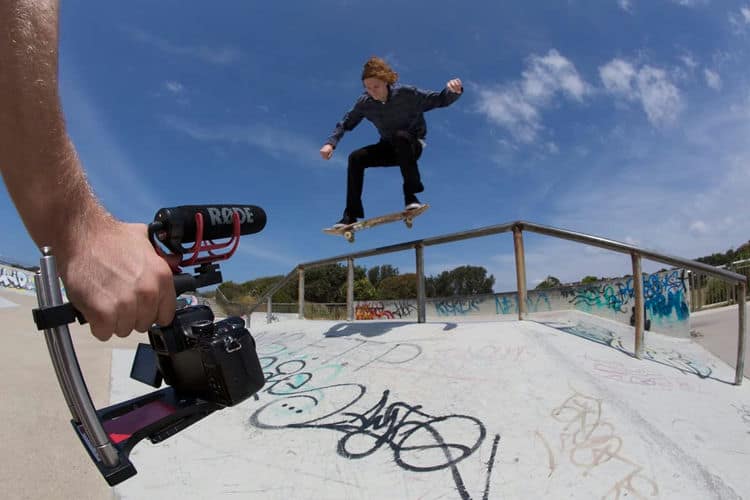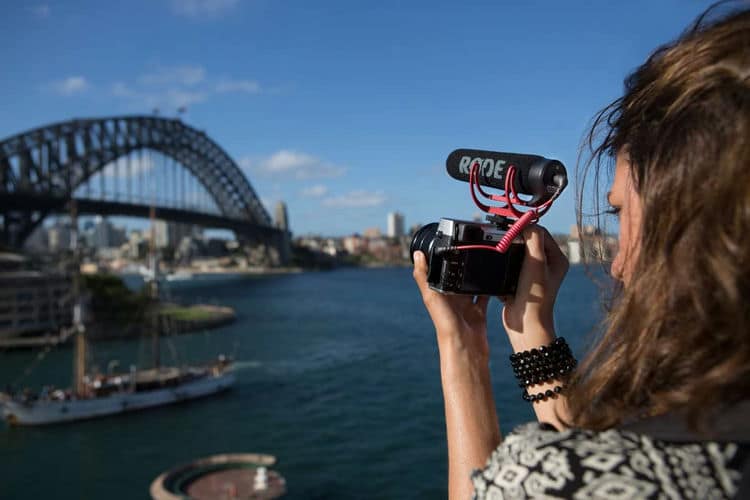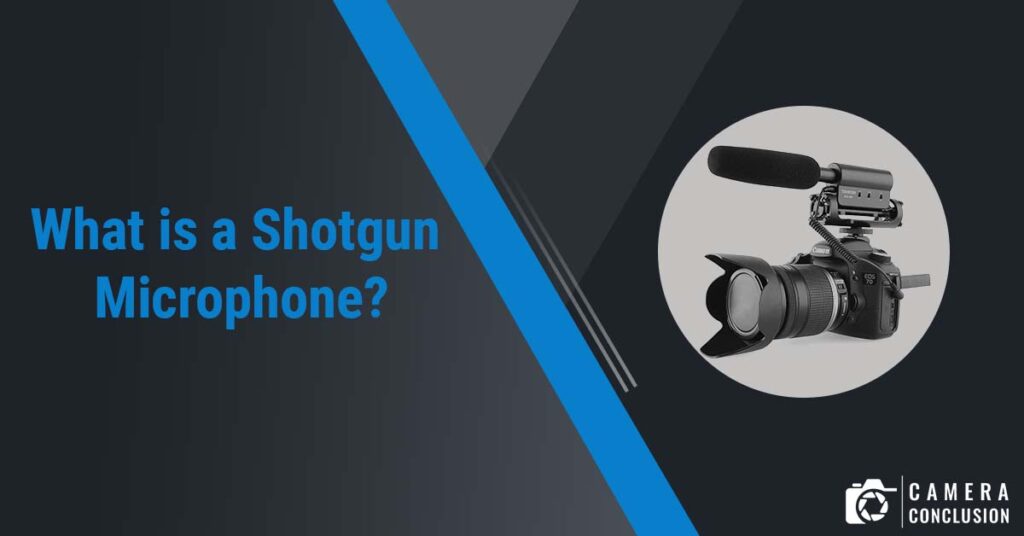Index
A shotgun microphone is a directional microphone that is commonly used in film, video, and television production to capture high-quality audio. This type of microphone is designed to pick up sound from a specific direction while rejecting unwanted background noise.
Shotgun microphones are particularly useful for capturing dialogue in film and video production, as they can be pointed directly at the source of the sound, such as an actor’s mouth, while minimizing the sound of other noises in the environment. They are also commonly used in field recording and broadcast journalism, as they can isolate the sound of the subject being recorded and provide clear and crisp audio even in noisy environments.
In this article, we will take a closer look at what a shotgun microphone is, how it works, and how it is used in various audio recording settings. We will also discuss some of the key features to consider when choosing a shotgun microphone for your specific needs.
How a Shotgun Microphone Works
A shotgun microphone is a directional microphone that is designed to pick up sound from a specific direction while rejecting sound from other directions. It is called a “shotgun” because of its long and narrow shape, which resembles the barrel of a shotgun.
Shotgun microphones work by using a tube that is located behind the microphone diaphragm. This tube is designed to capture sound from a very specific direction while rejecting sounds from other angles. As sound enters the tube, it bounces off the walls of the tube and creates a delay in the sound wave. This delay causes the sound waves to cancel each other out, resulting in a very directional sound pick-up pattern.
In addition to the tube, shotgun microphones often have a supercardioid or hypercardioid polar pattern, which helps to further isolate the sound source and reject background noise. This makes them particularly useful for recording audio in noisy environments, such as on a film set or in a crowded public space.
Shotgun microphones are commonly used in film and video production to capture dialogue and other audio from a specific source while minimizing background noise. They are also used in broadcast journalism, field recording, and other audio recording settings where isolating the sound source is important.
To use a shotgun microphone effectively, it should be pointed directly at the sound source and positioned at a distance of about 1 to 2 feet away. This allows the microphone to capture clear and crisp audio while minimizing unwanted background noise. Additionally, a shock mount or suspension system can be used to reduce handling noise and vibrations that can interfere with the audio recording.

Advantages and Disadvantages of Shotgun Microphones
Shotgun microphones are a popular choice for professionals in film and video production, broadcast journalism, and other audio recording settings where isolating sound sources is important. Here are some advantages and disadvantages of using shotgun microphones:
Advantages:
Directionality: Shotgun microphones have a very directional pickup pattern, which means they can isolate the sound source and reject unwanted background noise.
Versatility: They can be used in a variety of settings, from indoor dialogue recording to outdoor field recording.
Portability: Shotgun microphones are often lightweight and easy to transport, making them a convenient option for on-the-go recording.
Long range: They can pick up sound from a distance, making them useful for capturing audio from a subject that is far away from the microphone.
Disadvantages:
Price: Quality shotgun microphones can be expensive, which may be a barrier for beginners or those on a budget.
Sensitivity to handling noise: Because of their directional nature, shotgun microphones are sensitive to handling noise, such as the sound of the microphone being moved or touched.
Limited sound capture: The directional pickup pattern of a shotgun microphone means that it may not be suitable for capturing ambient sound or room tone.
Power requirements: Some shotgun microphones require external power sources, such as batteries or phantom power, which can add to the overall cost of using the microphone.
How to Use a Shotgun Microphone?
Determine the direction of the sound source: Before positioning the microphone, it is important to identify the direction from which the sound is coming. This will help you to point the microphone in the correct direction and minimize unwanted background noise.
Position the microphone: Once you have identified the direction of the sound source, position the microphone so that it is pointing directly at the source. Ideally, the microphone should be positioned about 1 to 2 feet away from the source.
Connect the microphone: Depending on the type of microphone and equipment you are using, you may need to connect the microphone to an external power source or a recording device. Make sure that all cables are securely connected and that the microphone is properly powered.
Monitor the audio: Before you begin recording, it is important to monitor the audio to ensure that the microphone is picking up the sound source effectively. Use headphones to listen to the audio and make any necessary adjustments to the microphone position or settings.
Record the audio: Once you have positioned the microphone and monitored the audio, you can begin recording. It is important to minimize any movement or handling of the microphone during recording, as this can create unwanted noise.
Check the recording: After you have finished recording, listen to the audio to ensure that it is clear and free of any unwanted noise. If necessary, you can make adjustments to the microphone position or settings for future recordings.

Applications of Shotgun Microphones
Film and video production: Shotgun microphones are commonly used in film and video production to capture dialogue and other audio from specific sources while minimizing background noise. They are often used in conjunction with boom poles, which allow the microphone to be positioned close to the source without appearing on camera.
Broadcast journalism: Shotgun microphones are often used in broadcast journalism settings, such as newsrooms or on-location reporting. They can help to isolate the sound source and minimize background noise, resulting in clear and professional-sounding audio.
Field recording: Shotgun microphones are useful for field recording applications, such as capturing sounds in nature or recording music performances. Their directional pickup pattern can help to isolate the sound source and minimize unwanted ambient noise.
Live sound reinforcement: Shotgun microphones can also be used in live sound reinforcement settings, such as concerts or events. They can help to isolate specific sound sources, such as a solo performer or a particular instrument, and minimize unwanted background noise.
Podcasting and voiceover work: Shotgun microphones can be a useful tool for podcasting or voiceover work, as they can help to capture clear and professional-sounding audio without the need for a dedicated recording studio.
FAQs
Conclusion
In conclusion, a shotgun microphone is a type of directional microphone that is commonly used in audio recording applications to isolate sound sources and minimize background noise. They are often used in film and video production, broadcast journalism, field recording, live sound reinforcement, and podcasting/voiceover work. To use a shotgun microphone effectively, it is important to position it correctly and ensure that it is connected to the appropriate recording equipment. While there are some downsides to using a shotgun microphone, such as their sensitivity to handling noise and potential need for external power sources, they can be a useful tool for capturing high-quality audio in a variety of settings.
